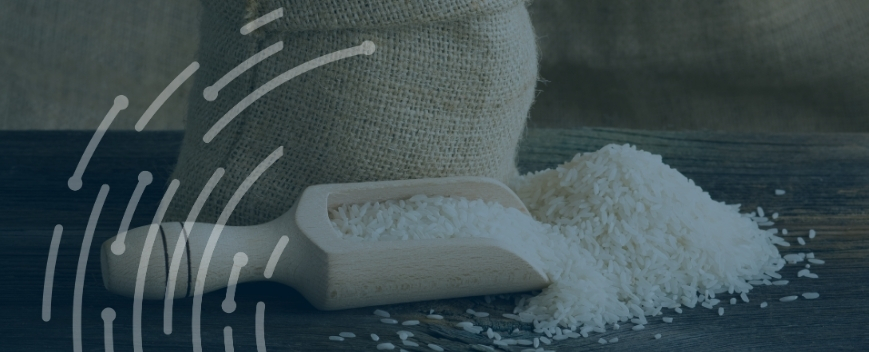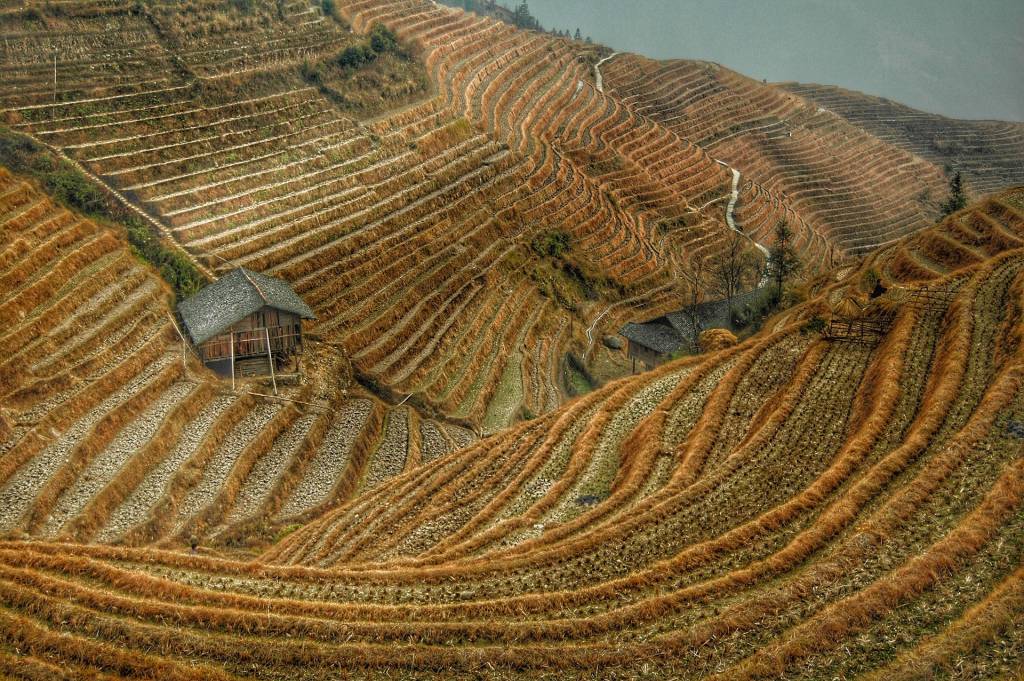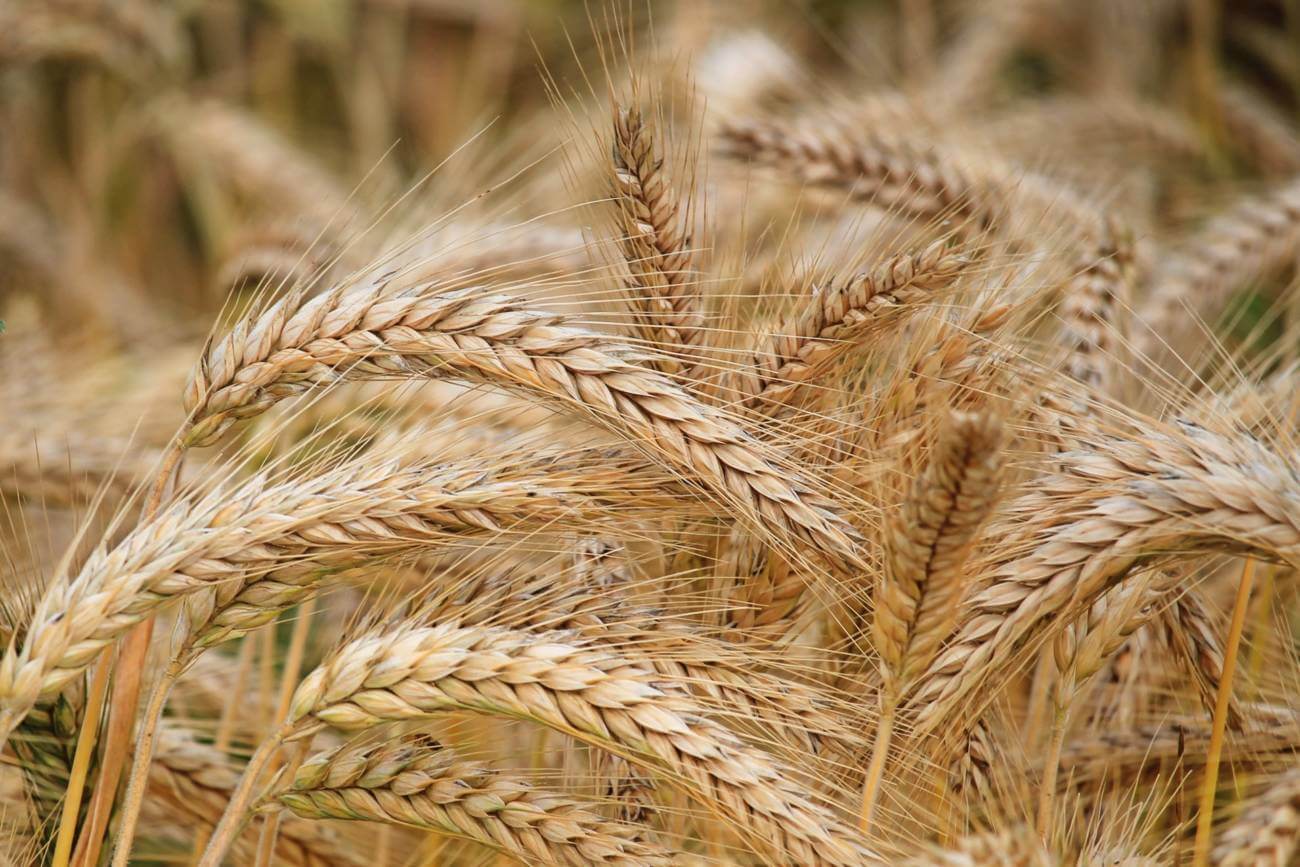All You Need to Know About Rice

Content
Rice – What is it?
Rice is a type of grain that has been being farmed for over 8,000 years in China. Since then, it has slowly spread to other reasons across the world and has become a dietary staple for billions of people, particularly those in Asia and Latin America.
Today, rice is the third most produced grain in the world. Each year, worldwide production reaches over 480 million metric tons.
The overwhelming majority of rice is produced for human consumption – 95% of the total global yields – but it’s also used in beverages such as sake and, increasingly, in the production of biofuels.
TFG has prepared this article to help you find out all there is to know about this essential agricultural commodity which sustains more than half of the world’s population.
The Different Types of Rice
Rice primarily comes from a species of grass known as Oryza sativa. There are thousands of different varieties of this species but don’t worry – there’s no need to remember them all! There’s only two that you should really know about: Japonica and Indica.
Each of these types grows in different climates and has different characteristics.
Japonica rice is grown in temperate climates in countries such as the US, Japan, and Spain, whilst Indica rice is grown in regions with hot, tropical climates like Southern Asia. Japonica rice grains are shorter and rounder and become sticky when cooked, whereas Indica grains are longer and won’t stick together when cooked.
There is a further subcategory of rice which is known as ‘aromatic rice’, which includes speciality, premium-rate varieties like jasmine rice and basmati rice.
Here’s the portion of global trade that these different types of rice represent:
– Indica accounts for over 75% of global trade.
– Japonica accounts for over 10% of global trade.
– Speciality varieties account for 10-15% of global trade.
How Rice is Grown
There is no single method for growing rice. Rather, four separate methods of growing rice have evolved over time. These are:
- Irrigated farming
- Rain-fed lowland farming
- Upland farming
- Flood-prone farming

Rice production is more complex than many other grains, such as soybeans, and there are multiple stages after the crops are harvested. For brown rice, the production steps are:
- Preparation
- Planting
- Harvesting
- Drying
- Hulling
For white rice, there are an additional 2 steps:
- Milling
- Enriching
Rice Market Overview
Global warming and population growth in regions like Asia and the Middle East both stand to increase the price of rice in the years to come by weakening supplies and bolstering demand. Both of these trends look set to continue well into the future which bodes well for rice traders.
However, there are other market factors affecting the global stocks of rice which may counteract these upward trends and cause prices to fall.
It’s speculated that global rice production will reach record amounts in 2018-19 as Bangladesh is expected to grow their plantings by around 500,000 hectares. This is even more significant considering that last year’s yields were significantly down in Bangladesh as a result of drought and flooding.
It’s not only Bangladesh that are boosting their rice plantings either – Madagascar is also expected to increase theirs by 18.8%.
Every four months, the USDA releases their report on changes in rice stocks and other important information about the rice market. This is a go-to source of information for traders who are looking for an up-to-date overview of the rice market. You can find it here.
What Drives the Price of Rice?
Rice prices are dependent on the following 5 factors:
| Driving Factor | Why? |
| Demand in China and India | The combined populations of these two countries consume approximately half of the global rice supplies. Growing populations in these countries could increase demand. On the flip side of that, growing economies in these countries could also lead to dietary changes and the demand for rice may decline in favour of more expensive staples. |
| Climate | As with all crops, the success of the yield will be influenced by the climate. The rice market is particularly sensitive to this as droughts can cripple the stocks due to the crop’s need for an ample supply of water. |
| Inventories | Countries such as China often stockpile large amounts of rice. As stockpiles increase, the price of rice may suffer due to a surplus in supply. The reverse is also true. |
| Crude oil prices | The large-scale production of rice is heavily reliant on the use of machinery which uses energy. If the price of crude oil increases, so too could the price of rice. |
| Trade policies | Naturally, trade limits or rice export bans can potentially cause prices to spike. |
Rice Suppliers and Producers
The production of rice is largely dominated by just a few countries, all of which are in Asia. The top rice-producing nations are listed below and ranked in order of quantities of rice produced.
- China
- India
- Indonesia
- Bangladesh
- Vietnam
- Thailand
- Burma
- Philippines
- Brazil
- Japan
The top 2 countries on this list account for more than 50% of the yearly global rice output and the top 5 account for more than 70%.
China alone produced over 200 million metric tons in rice in 2016. Despite this, it still imported 3.5 million metric tons of rice in the same year to feed its huge population and is the largest importer of rice.
How is Rice Traded and Financed?
Rice Finance
Rice trading can be financed through several means, the two most common of which are receivables finance and secured financing.
Receivables are debts owed to a business, such as unpaid invoices. They’re regarded as assets and can be used by traders to secure finance.
Rice Trading
Rice can be traded through the same 5 methods as many other agricultural commodities. These are:
- Rice CFDs
- Rice Shares
- Rice ETFs
- Rice Options
- Rice Futures
The Rice Futures contract specifications can be found below.
Rice Contract Specifications
Ticker Symbol: ZR
Contract Size: 2,000 hundredweights (CWT).
Contract Months: F, H, K, N, U, X
If you’re a grain trader and you want to find out how to grow your business and expand your trades into new jurisdictions, Trade Finance Global might be able to help.
Case Study

Wheat trader
We used TFG’s expert trade and grain team to help us increase our trading lines so that we could trade rice and get better discounts through volume trading
- All about Grains
- Podcasts
- Videos
- Resources
- Conferences















